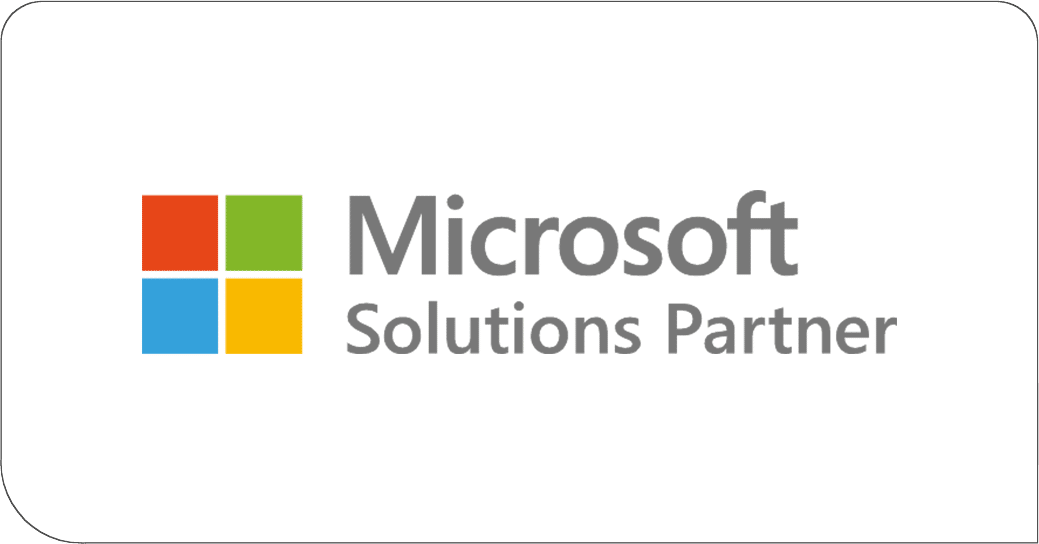From the federal government down to local counties, government organizations play an integral role in the functioning of society. And without the right technological solutions in place, state and local government agencies may struggle to keep up with their responsibilities and provide the best possible services to citizens.
To simplify their information technology (IT) environment and ensure that its components are in line with long-term goals, state and local government organizations can create high-level roadmaps that keep networks grounded.
Technology roadmap: A simple explanation
A technology roadmap is a comprehensive strategy that details the implementation, assimilation, and ongoing initiatives pertaining to the technology within an institution. Essentially, a roadmap acts as a guide for a company’s technological solutions, helping organizations make decisions and plans for the specific tools that will be used to upgrade the existing IT environment. A technology roadmap is incredibly useful for ensuring that an organization does not waste resources on legacy systems.
Why should state and local government organizations create technology roadmaps?
Roadmaps help state and local government organizations determine the health of their IT environment and whether it is capable of fulfilling operational and technological objectives. Outdated IT solutions are irrelevant and make it unnecessarily difficult for government agencies to serve civilians. Apart from reflecting poorly on key stakeholders, it can also stress out your team members. A roadmap will ensure that you have the technology your projects need for success.
Moreover, technology roadmaps can help organizations identify potential security risks and challenges. It is not a secret that threat actors target government systems, such as in the case of the infamous City of Oakland ransomware attack. A technology roadmap allows companies to examine their IT environment, pinpoint vulnerabilities, and address them efficiently. On top of this, as “[n]umerous … state laws include cybersecurity requirements”, a roadmap can help state and local government organizations remain compliant with relevant regulations.
Roadmaps are crucial for ensuring organizations are updated with the latest technology trends. They identify technology tools that will help companies take advantage of new opportunities and innovations in the IT space. Ultimately, this can help state and local government institutions increase productivity, manage processes, and remain standing during times of crisis.
How can organizations create technology roadmaps?
Creating a technology roadmap is an essential step for any organization that wants to make the most of its IT investments. Here are some steps that government institutions can take to create effective roadmaps:
- Define objectives: The first step in creating a roadmap is to define all the goals that your organization wants to meet. These objectives will guide the roadmap and keep everything on track.
- Conduct a technology assessment: The second step is to assess your current IT environment and identify any gaps or areas for improvement. You should also use this step as an opportunity to research other technological solutions that can enhance the performance of your company.
- Create a timeline: The next step is to create a timeline for the implementation of the technologies. This timeline should take into account your goals, budget, resources, and any state or locally-specific regulations.
- Designate responsibilities: The final step is to assign responsibilities for the implementation of the roadmap. This involves identifying who will be responsible for implementing each technology and ensuring that they have the necessary resources and support to do so.
You need to facilitate open communication with your team members and any relevant stakeholders throughout the creation process. The more feedback you receive—and the more personal investment people have—the more successful (and compliant) your roadmap and IT will be.
What are some tips for creating and using effective technology roadmaps?
At the end of the day, an IT environment is a puzzle of technological solutions, procedures, and data. No matter what industry a company is in, a technology roadmap will help it overcome IT challenges and remain robust.
Here are some tips state and local government entities can use to create and leverage a roadmap:
- Conduct multiple analyses: When evaluating your IT environment, it may be a good idea to analyze your systems more than once to ensure that nothing is missed.
- Find your priorities: Prioritizing initiatives based on their potential impact on the organization, risks, and feasibility can help you find areas to concentrate your efforts.
- Make the creation process a team effort: Communicate each version of the roadmap clearly and effectively to all stakeholders, highlighting the benefits and rationale for each initiative. At the same time, be willing to respond to questions and rework your roadmap based on people’s input.
- Monitor progress: Regularly monitor progress and adjust the roadmap as needed to ensure that it remains aligned with all specified goals.
- Never think of the roadmap as IT's responsibility: A roadmap is not a document that affects a certain demographic. Its development and rollout affects the entire organization and should be used to inform any other IT strategies that you want to enable.
Design a technology roadmap for your state and local government institution with specialist help
All government entities—from organizations at a local level to people holding certain positions, such as secretary of state or lieutenant governor—have a responsibility to support citizens. In the case of local and state institutions, this means providing efficient services and ensuring that citizens have access to the resources they need. Creating a technology roadmap is an important part of achieving this level of efficiency.
The managed services specialists at Davenport Group have assisted countless state and local government organizations across the United States in designing and deploying dynamic technology roadmaps. With a wide range of cost-effective services and expertise in all areas of IT and government bodies, the Davenport Group team is fully capable of helping your organization leverage an IT environment that meets your needs.

